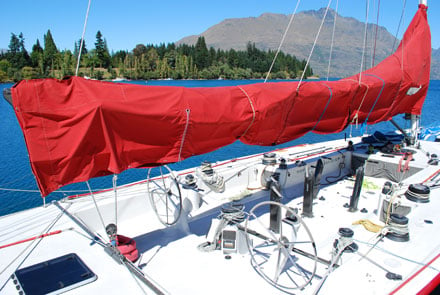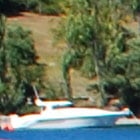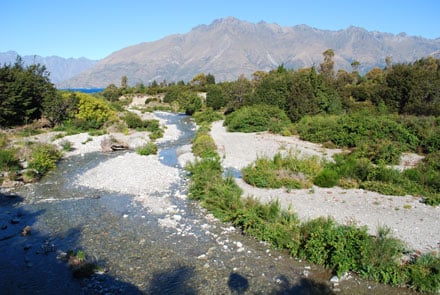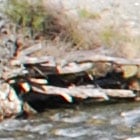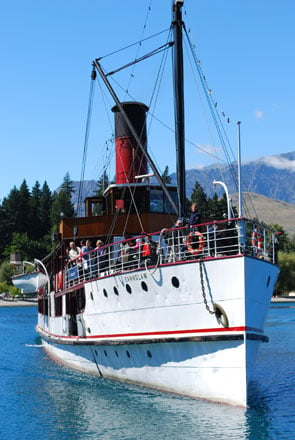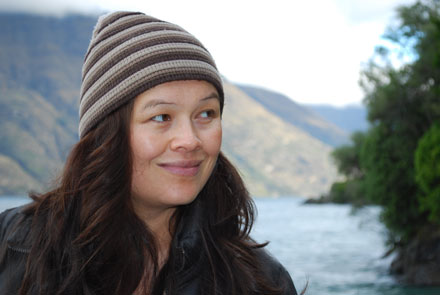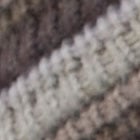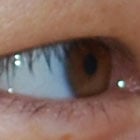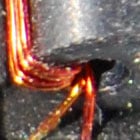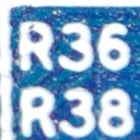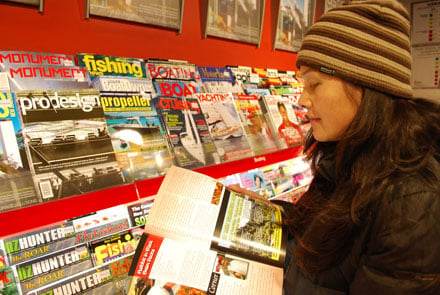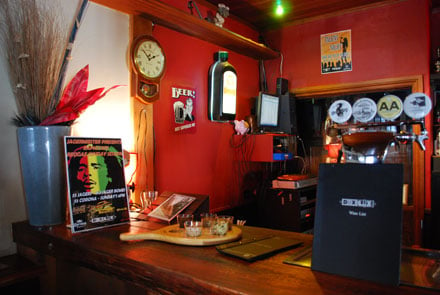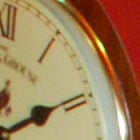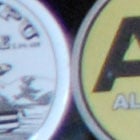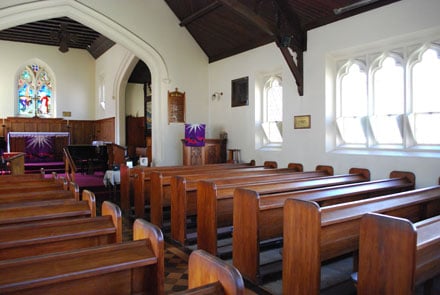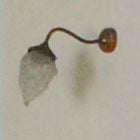Nikon D60
-
-
Written by Gordon Laing
Nikon D60 Gallery
The following images were taken with a final production Nikon D60 running version 1.0 firmware and fitted with the Nikkor DX 18-55mm VR kit lens. VR was enabled for all these handheld images.
The D60 was set to Large Fine JPEG mode and sRGB, with Auto White Balance, 3D Matrix metering and the Optimise Image parameter set to Normal for sharpening, tone, colour, saturation and hue; Noise Reduction and Active D-Lighting were set to their default Off settings.
The individual exposure mode, file sizes, shutter speeds, aperture, ISO and lens focal length are listed for each image.
The crops are taken from the original files, reproduced at 100% and saved in Adobe Photoshop CS2 as JPEGs with the default Very High quality preset, while the resized images were made in Photoshop CS2 and saved with the default High quality preset. The three crops are typically taken from far left, central and far right portions of each image.
Landscape: 4.14MB, Program, 1/250, f8, ISO 100, 18-55mm at 18mm (equivalent to 27mm)
Landscape: 4.85MB, Program, 1/200, f7.1, ISO 100, 18-55mm at 18mm (equivalent to 27mm)
Landscape: 4.17MB, Program, 1/320, f9, ISO 200, 18-55mm at 55mm (equivalent to 83mm)
Portrait: 2.82MB, Program, 1/100, f16, ISO 200, 18-55mm at 55mm (equivalent to 83mm)
Macro: 4.68MB, Program, 1/400, f10, ISO 400, 18-55mm at 55mm (equivalent to 83mm)
Indoor: 4.42MB, Program, 1/25, f3.5, ISO 400, 18-55mm at 18mm (equivalent to 27mm)
Indoor: 4.29MB, Program, 1/15, f3.5, ISO 800, 18-55mm at 18mm (equivalent to 27mm)
Indoor: 4.49MB, Program, 1/30, f3.5, ISO 1600, 18-55mm at 18mm (equivalent to 27mm)
| ||||||||||||||||||||||||||||||||||||||||||||||||||||||||||||||||||||||||||||||||||||||||||||||||||||||||||||||||||||||||||||||||||||||||||||||||||||||
